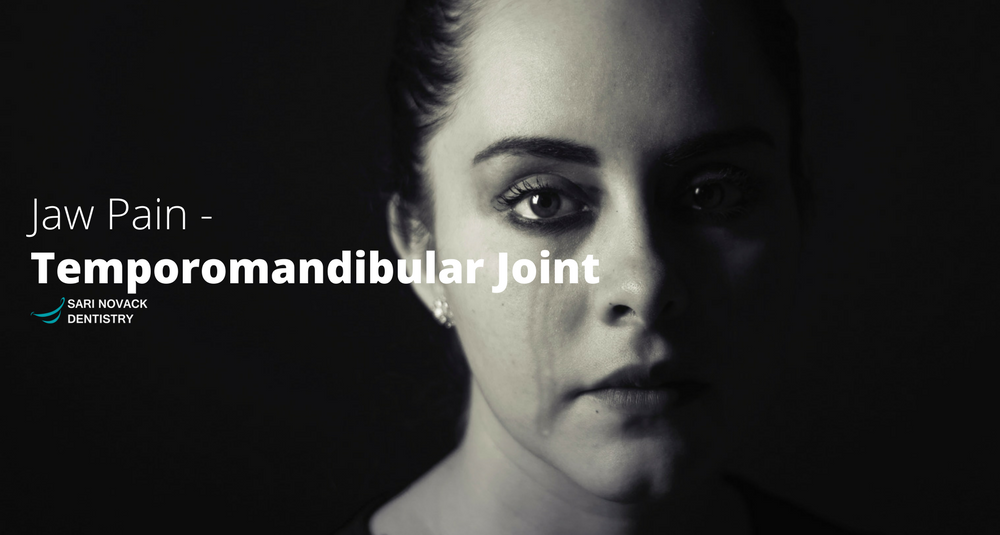
signs, symptoms, & diagnosis
of TMJ
of TMJ
The jaw (Temporomandibular) joint connects the skull with the lower jaw. Made up of numerous muscles, ligaments, tendons and nerves, they work in unison to produce the precise jaw motions required for speech and chewing. If the TMJ should fails to function properly, pain can often develop resulting in pain in the jaw joint, nerves and/or surrounding muscles. This constellation of symptoms is called Temporomandibular Joint Disorder (TMD).
SYMPTOMS
Often a result of overuse, TMJ or TMD related symptoms may include but are not limited to: A pop or click in the jaw, cracking sounds, ringing, pain in the ear, headaches, blurry vision, neck or jaw stiffness, facial pain, numbing or tingling in chin or cheeks, tongue discomfort or pain, temple area pain, swelling, lumps, pain in shoulders, lockjaw or dislocation, dizziness up standing or vertigo. If you’re suffering from any of these symptoms, it’s time to get your quality of life back.
DIAGNOSIS
Don’t worry, it’s going to get better from here. If you or a loved one is diagnosed with TMJ or TMD, it’s a sign that things are going to improve. Fortunately for this ailment a little rehab and guidance will regain your jaw’s strength as well as functionality.
TREATMENT
So now we have an understanding of what is causing the inconvenience, let’s fix it! For each patient treatment will vary, whether it’s suggestions on diet, posture, stress, or the use of an oral device, reversing TMD is a very feasible task. So don’t let this very ‘treatable’ disorder develop into something worse.





